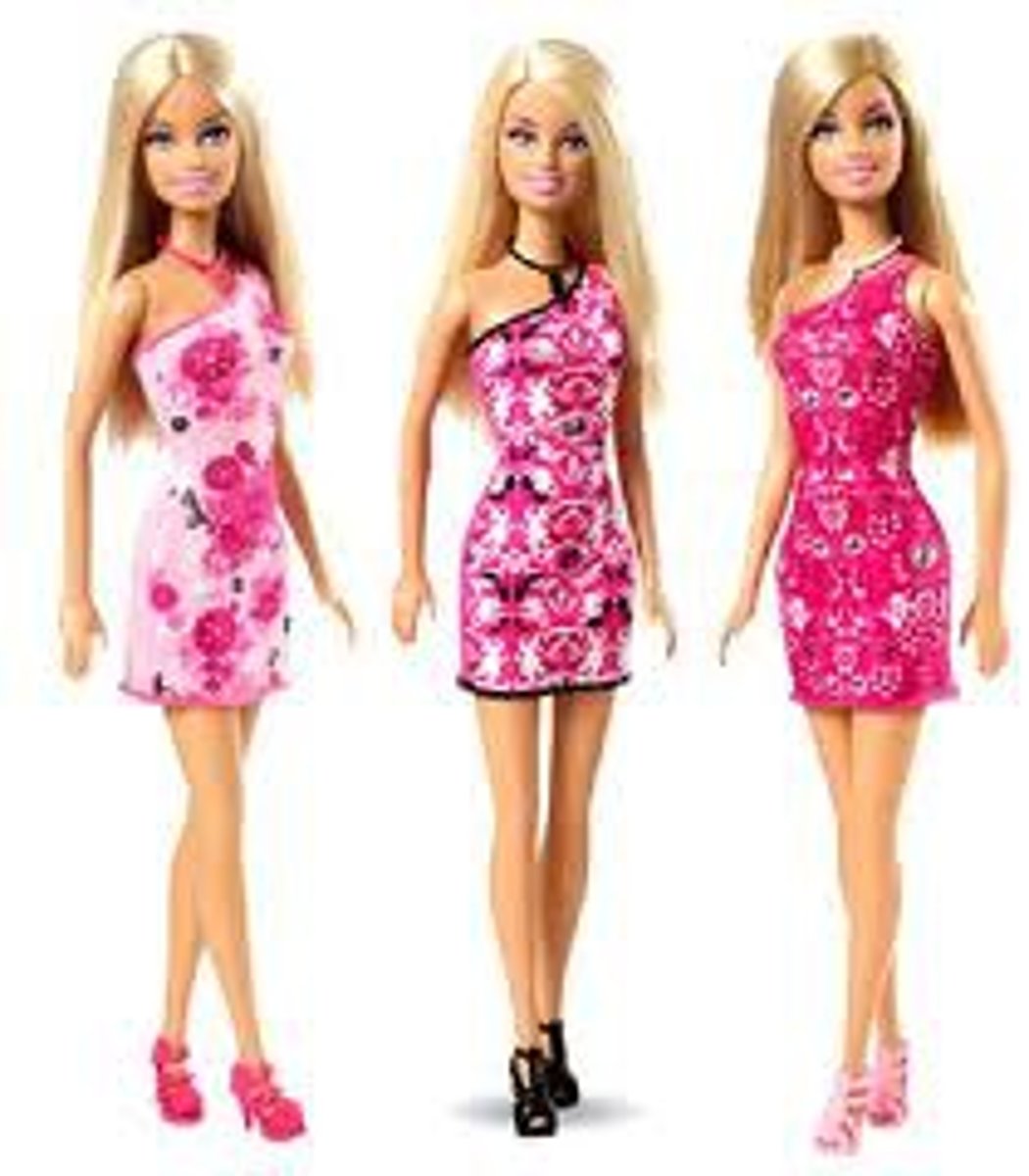Social Learning Theory of Anorexia
1/9
There's no tags or description
Looks like no tags are added yet.
Name | Mastery | Learn | Test | Matching | Spaced |
|---|
No study sessions yet.
10 Terms
A01
Modelling
Vicarious reinforcement
Role of the media
Helga Dittmar - Barbie doll study
Modelling
= imitating behaviour of a role model
... family members are of symbolic character, and models are especially influential if the person identifies with them
e.g., a younger child observes her older sister consistently restricting her food intake and will assume that this behaviour is the "norm"
Vicarious Reinforcement
= observing the positive/negative consequences of behaviour
... family members are major source of VR because they spend lots of time together, and consequences may be repeated over time
e.g., observing praise over healthy eating choices, criticism when it comes to "bad" or high calorie foods
Role of the media
...Powerful transmitter of cultural ideas about body size and shape
i.e., music videos, magazines, websites, social media, tv, etc. all communicate images of the ideal body shape for women (and increasingly men)
- In many individualistic cultures this idea has becomes thinner and thinner
-Young women may identify with the glamour of female celebrities, motivating them to behave in ways that help them lose weight
- This behaviour would be vicariously reinforced by rewarding fame, success, wealth, and respect they observe in female role models in the media
Helga Dittmar (2006) - the Barbie doll study
if Barbie was scaled up to adult human size, her waist would be 39% smaller than most women with AN
...Estimates suggested that 42% of UK women owned a Barbie when they were children
=> 99% of 3-10-year-old girls in the US owned at least one

Barbie doll study Procedure
- Sample of 162 British girls aged 5-8
- 3 groups exposed to images in a storybook: Barbie dolls, Emme dolls (bigger body shape), or control images of flowers, balloons, etc.
- Asked to rate statement about body esteem
e.g., "I'm pretty and happy with the way I look"
- Body dissatisfaction assessed by colouring in 2 body silhouettes, one which represented their body shape and one they wanted to be

Barbie doll study Findings
- Girls who saw the Barbie image were significantly more dissatisfied with their body shape and had significantly lower body esteem than the girls who saw the Emme or control images
- She concluded that the Barbie doll is a powerful "aspirational role model" for young girls
- Girls identify with Barbie due to her glamour and success associated with her body shape
- This initiates the body dissatisfaction that may ultimately lead to eating disorders like AN

AO3 STRENGTH - research support
P
There is research support surrounding social learning theory and eating disorders.
EX
A girl is more likely to acquire an eating disorder not because she is directly exposed to media influence, but because her friends are.
EV
For example, Becker (2011) carried out a natural experiment of the effects of TV on eating disorders in Fiji. The most significant predictor of eating disorders amongst the sample of adolescent females was "social network media exposure". This was defined as how many friends had access to TV and was more influential than the number of hour individuals spent watching TV themselves.
EXT
In addition to this, there is an increase in rates of AN in Japanese women due to the drive in the media representation of female body shape. This has led to a greater occurrence of AN symptoms in young Japanese women who regularly read magazines portraying beautiful thin women and promoting thinness.
LB
Therefore, eating disorders are no longer culture bound as there is much research to suggests that the influence of vicarious reinforcement and direct reinforcement happens all over the world with regards to body image.
A03 STRENGTH - gender differences and treatment
P
In addition to this, social learning theory can be used to explain gender differences.
EX
The "western" cultural ideal for women's body shape is thinness, but for men, there has been an increase in desire for a bigger, more muscular body shape, termed "bigorexia", where men drive to develop muscle without gaining fat.
EV
Jones and Morgan (2010) suggest that there is mounting evidence that bigorexia is an eating disorder prevalent in men responding to cultural ideas about masculinity, transmitted through the media and the influence of celebrities.
EXT
Furthermore, the various techniques of social learning principles can be applied to effective treatments for AN. These include both vicarious and direct reinforcement and modelling adaptive eating behaviours. This could be in the form of opportunities for patients to observe models being rewarded for performing adaptive eating behaviours.
LB
Consequently, social learning theory can be seen as a valuable explanation that demonstrates how men are vulnerable to developing eating disorders, and how AN can be applied to treatments that can help better the lives of patients.
AO3 WEAKNESS - not a sole cause
P
However, it could be argued that if media influences are a major cause of AN, then we would expect to see a great deal more AN cases in the current social climate.
EX
Young women are exposed to role model of thinness in the media on a daily basis. The fact that there are not more causes of AN suggests that another factor must be involved.
EV
A reported 64% of children aged 3 to 17 used apps for social media in the UK, and with TV shows, films, and other forms of media being available to children and adolescent and exposing them to such ideal, it is expected that more children should display eating disorder symptoms if the media really was the determining influence. Instead, it could be argued that social media is part of the diathesis stress model as the environmental trigger, but a biological component is also required.
EXT
Holland's twin study (1988) investigated the presence of candidate genes and a genetic element to the development of AN and found that 56% of MZ twins both had anorexia if one had anorexia, and that this was only the case for 5% of DZ twins. He concluded that anorexia may have a heritably as large as 0.80, suggesting that certain genes have a predisposed vulnerability to developing AN.
LB
Therefore, the social learning theory explanation for AN cannot be used a sole explanation as it fails to accommodate biological factors and should not be used on its own.